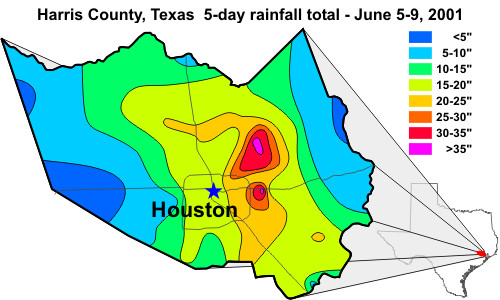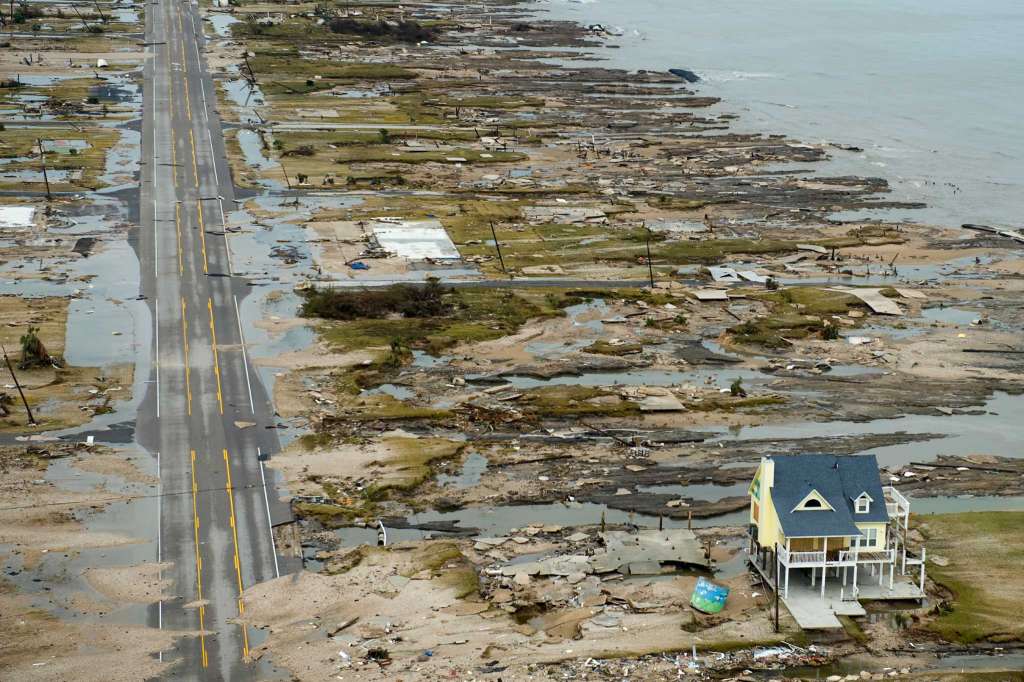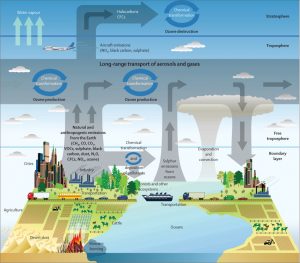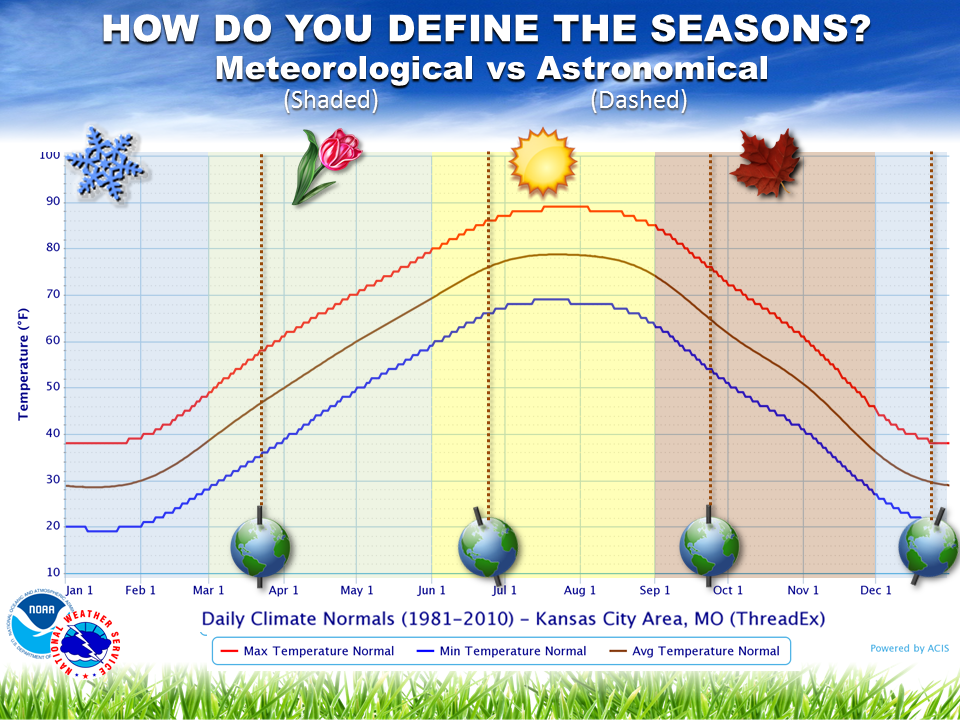With Tropical Depression Harvey moving toward the Texas coast, our largest concern for the region is not the wind or the potential storm surge. Instead, Harvey’s greatest impact will come from inland flooding. Current forecasts predict anywhere from 10 inches to more than 20 inches of rain during this event for parts of Texas, which may well include Houston. As the storm approaches, you should be aware of what inland flooding is, and how to prepare for it.
What is inland flooding?
When a tropical system makes landfall, it begins to deteriorate and collapse without the energy from the warm ocean to feed it. The moisture within the storm precipitates out, often in torrential rainstorms that can last for days.
Additionally, if the system moves slowly or stalls, heavy tropical downpours can lead to flood conditions hundreds of miles inland, far from the point of landfall. Tropical systems hold millions of TONS of water, and all that water falls as rain, eventually. This leads to major flooding, something Houston is all too familiar with. With inland flooding from tropical storms, it can mean—in a few extreme cases—getting 30 inches of rain, or half a year’s worth, in three or four days.
Keep in mind, wind speed of a tropical system is not an indicator of how much flooding may occur. Tropical Storm Allison never became a hurricane, and was barely even a tropical storm by wind speeds, but because it stalled over our region Houston experienced days of these heavy tropical rainstorms.

The figure above also shows the difficulty in predicting what areas will flood the most. In Harris County alone, rainfall totals ranged from less than 5 inches to nearly 40 inches during Allison. Any small change in the storm’s path or intensity is the difference between flooding or light precipitation. And to be clear, we are not saying Harvey will be another Allison, only that there is potential for severe inland flooding from Harvey.




